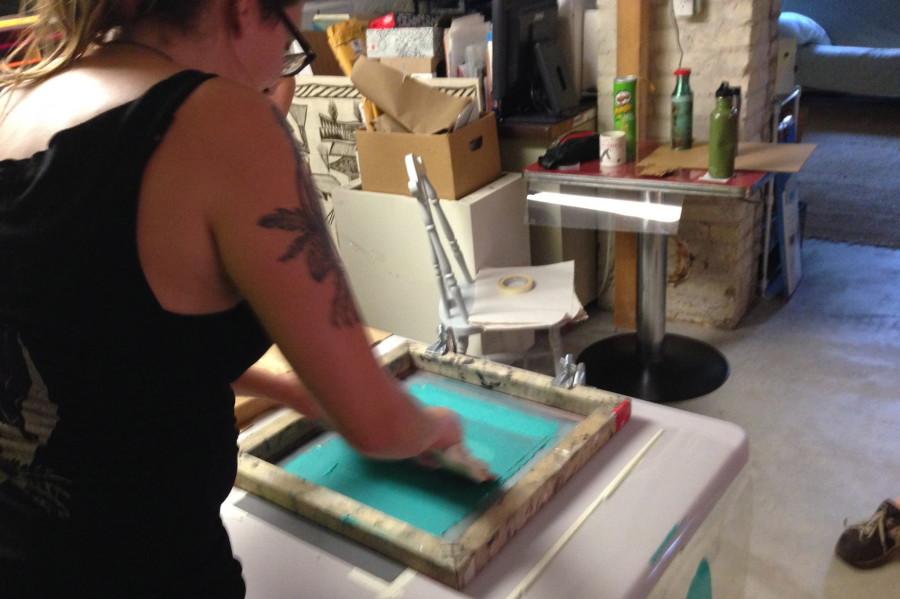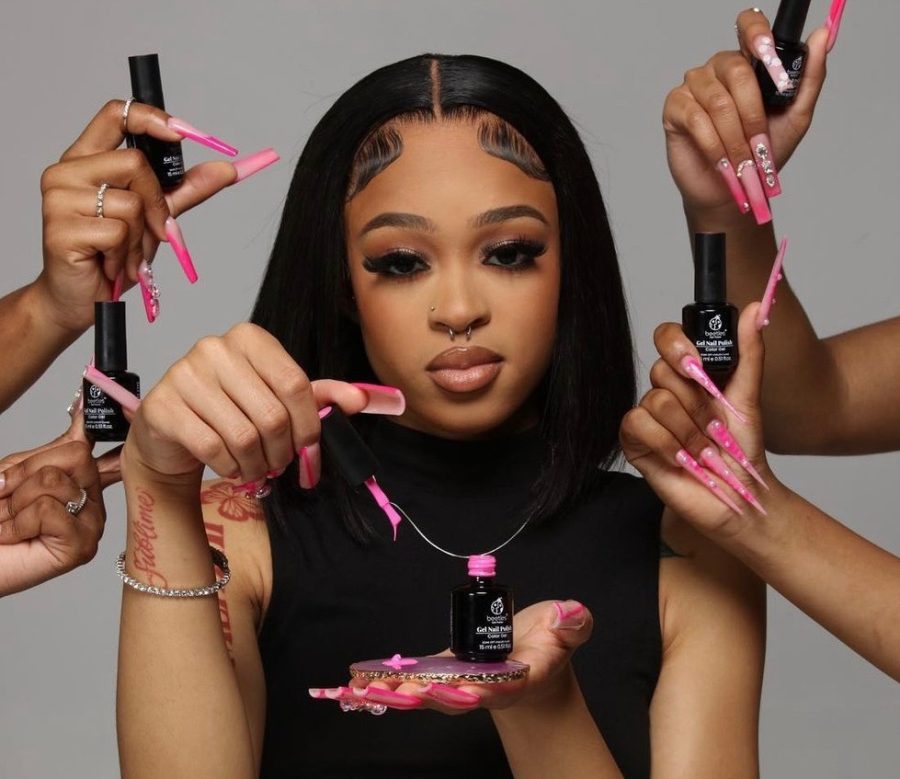Zines (pronounced “zeens”) are homemade, self-published magazines. The small, photocopied, DIY-style publications can take shape in various different forms and cover just about any subject. Some zines are filled with writing, while others only contain photos, drawings or collages. Some zines are created by one person, while others are compiled and created by a group of people.
Zines have been around for as long as people have had things to say. Thomas Paine’s 1775 pamphlet “Common Sense” can be considered a zine. Other well known figures such as Benjamin Franklin and H.P. Lovecraft can even be described as zine-sters of their day.
The mainstream history of zines, however, can be related to the emergence of the punk movement in the late 1970s that carried on throughout the 1990s.
Today, zine making is still alive and strong. To celebrate local zine makers and the art of it, Milwaukee hosts its very own annual Zine Fest. This year’s Milwaukee Zine Fest will take place Nov. 14 at The Falcon Bowl on East Clarke Street.
Milwaukee Zine Fest was started and organized in 2008 by zine creator Jessica Bauman while she was working on Special Collections, a collection of rare books and printed materials made in Southeastern Wisconsin, at University of Wisconsin-Milwaukee. The event was small and took place at the Golda Meir Library at UWM. Since then, MZF has grown to host hundreds of participants.
“This year we will have folks from New York City, Durham, North Carolina, Boston, Michigan, Minnesota, Ohio and Seattle in addition to all the amazing local zinesters,” said Milo Miller, current organizer of MZF and co-creator of The Queer Zine Archive Project.
The growth and success of MZF can be mostly attributed to a community of volunteers who are passionate about zine making and sharing art.
“Over the past seven years there have been a number of volunteer organizers who have lent their time and skills to making it happen. While the working group changes from year to year, all of us are zine makers, artists, librarians, archivists and community organizers,” Miller said.
MZF consists of one main day of tabling, where zine creators can sell and trade zines, along with workshops on various zine related topics, an art show, a zine reading, and a pop-up vegan café. MZF provides an encouraging atmosphere for people of all ages and experience levels to create zines.
“While most of the folks who participate are in their late teens through adulthood, we’ve also got a couple of youth zinesters, and a workshop specifically for young folks to learn about making zines,” Miller said.
Current MZF volunteer and zine maker Shannon Connor became involved with MZF after she first started working for The Queer Zine Archive Project with Miller.
“Zines are an underground art form so it’s really cool to set this up totally DIY-style and meet tons of people who make zines, and get a chance to trade and sell zines. “It’s also about teaching people about zines who may not have heard of them before. It’s awesome and really fun,” Connor said.
MZF also promotes a “Safer-Space Policy” to ensure the fest is as welcoming as possible.
“The Safer Space Policy is to welcome all types of people to MZF and encourage folks to feel comfortable being in the space and expressing themselves as they wish. “It’s also to let people know that we are not going to be tolerant of any oppressive behaviors, language or content,” Connor said.
Most, if not all, volunteers at MZF are zine creators themselves. Jessie Lynn McMains, MZF 2015 workshop leader, has been creating zines since she was 12 years old.
“I decided to create my own zines because I had wanted to be a writer pretty much since I could scrawl the alphabet, and zines seemed like the perfect way to do that,” McMains said. “With zines, I could write whatever I wanted, and put it out into the world with no outside approval.
McMains even has plans to create a Racine/Kenosha Zine Fest to further engage and promote the zine community. She notes that the future of zine making looks promising for young creators.
“The Internet, far from killing zines, has made them more readily accessible than they used to be,” McMains said.
With the emergence of social media and other resources for creation and discovery, the art of expression through zine making appears to be growing strong.




